How Novelists Can Use a Filmmaker’s Eye
We’re now going to spend quite a few weeks looking at the purview of filmmakers. Why? Because there is so much more to “shooting” a story than the choice of camera shot.
Filmmakers are also concerned with the design of shots. They are artists with a creative sense of composition, and their aim is to arrange their compositions in ways that will evoke emotional reactions from the viewer. The movie screen is their palette with which they paint visual pictures, and the “colors” on their palette are the various camera shots they choose from to create just the effect they hope to achieve in each segment they shoot.
In addition to using specific lenses, they consider lighting, the positioning of the camera for subliminal or subconscious effect, shapes and colors that lend toward thematic and symbolic imagery, music and sound effects to enhance the desired mood, and special effects like lens distortion or the speeding up or slowing down of the shot to tweak the sense of time passing.
So many factors come into play in creating a beautifully composed segment or scene. And novelists can learn much from the way filmmakers deftly utilize all these components.
Making Shots Resonate
Why do certain shots resonate with us when we watch movies? Have you ever been awed by a special moment in a film—not because of the plot or the acting but due to the visual impact of the composition before you? Often this happens at the “high moment” of the scene, when the camera pulls back and we’re shown something profound, or it may be due to the combination of elements and colors that a deep poignancy has been conveyed.
I think of movies like Hero and Crouching Tiger, Hidden Dragon with their gorgeous scenes drenched in color that go deep into symbolism and evoke emotion, enhancing the action shown on the screen.
Gustav Mercado discusses the film Up in the Air in his book The Filmmaker’s Eye. He tells how he and some friends discussed the movie after seeing it, and they noticed they had all been struck by a particular moment in the movie. A character named Natalie is sitting in an empty room full of chairs after a number of employees have been fired (which she was partly responsible for). The composition itself is symbolic, the filmmaker doing more than just using a simple Wide Shot to create effect. Here are some of the things these viewers noticed about the composition of the shot:
- Having her be the only person in a room full of empty chairs emphasizes the scope of the “damage” done (the large number of people fired).
- The shot is taken from an elevated angle, looking down on her, which makes her seem small and lonely. The emotional effect of this angle “makes her look defeated, vulnerable, and distraught.”
- The high angle allows the viewer to see all the chairs (whereas if the shot had been taken at eye level, many of the chairs’ backs would block each other and Natalie.
- The chairs are mostly facing in a way that seems as if they are pushing her into the corner, physically and emotionally. This works as subtext against what she says when she’s picked up by her friend (implying she’s fine, when she’s not).
Every Aspect of a Scene Should Enhance Story
Mercado says, “This comprehensive and integrated conceptualization of every shot in your film is essential to truly harness the power of this art form and connect with the audience. . . . You want to create compositions that reflect meaningful aspects of your story. You need to think about your story in a cinematic way, to create shot compositions that visually emphasize significant plot details, as well as its themes, motifs, and core ideas.”
Wow, this is a tall order. And novelists, like filmmakers, should have a similar vision for their work. That is, if they really want to create powerful, moving stories that excite readers. There is so much more to telling a story than just, well, telling it. Or even showing it. By putting on your filmmaker’s hat you can extend and enrich your technique to include the cinematic secrets great filmmakers know about and use very consciously.
Knowing all these camera shots that we’ve gone over is the first step. But there is so much more. And the first and foremost item of importance is really knowing your story. Which we’ll dive into next week.
This week, think about some movies you’ve seen recently. Can you recall any special moments that stand out? Ones that struck you due to the composition of the scene? If you were asked to tell what one moment in each film was visually significant or impressive, what would you answer? Think about your answer and ponder the elements shown in those scenes that had an impact on you. Share your thoughts in the comments!

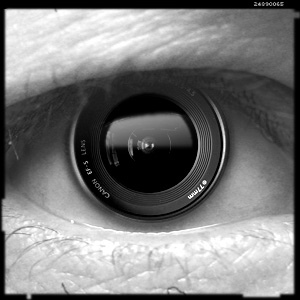
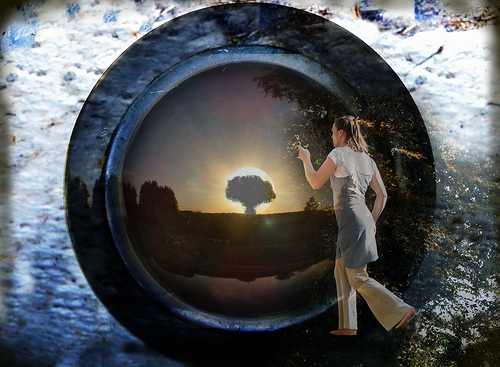
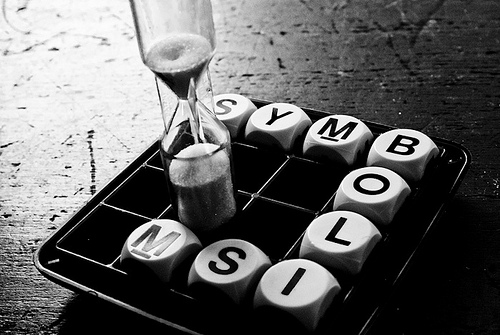
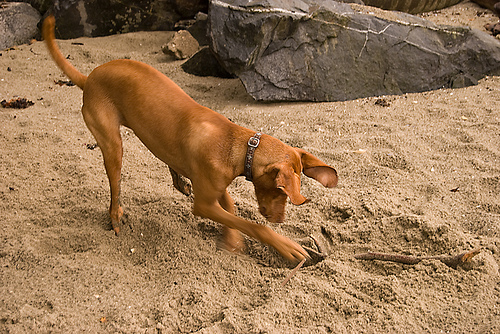
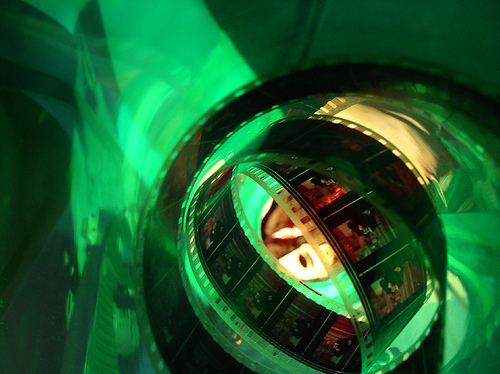
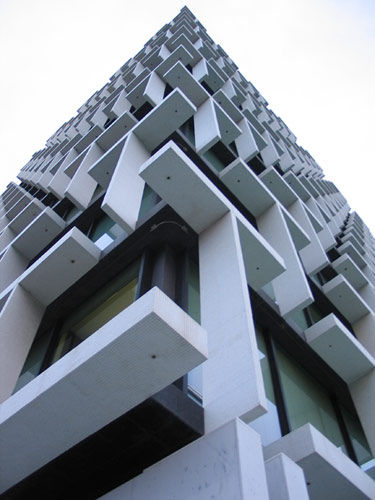
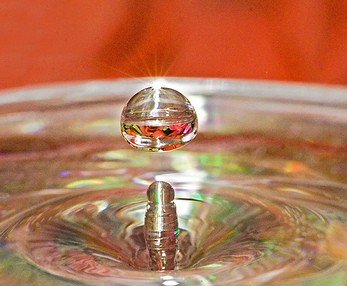




Wonderful post! The movie “Three Kings” comes to mind immediately, in the tragic scene in the public square, when the Iraqi guard shoots that poor woman in the head. Just when George Clooney and his fellow soldiers are about to leave those Iraqi prisoners to the mercy of the guards—the gunshot rings out and the woman falls lifeless to the ground, in slow motion, of course. Her young daughter (both of her tiny wrists in casts) and her husband (his wrists bound together) rush over to the woman lying dead on the dusty ground. The husband grasps his wife’s and daughter’s hands, and the camera zooms in on all three sets of hands as the child wails. I cry EVERY time I see that scene, and it always stood out in my mind as one of the most brilliantly staged scenes of all time.
King of California. The daughter opens the dishwasher as naked Chinese guys emerge from the sea.
great post!